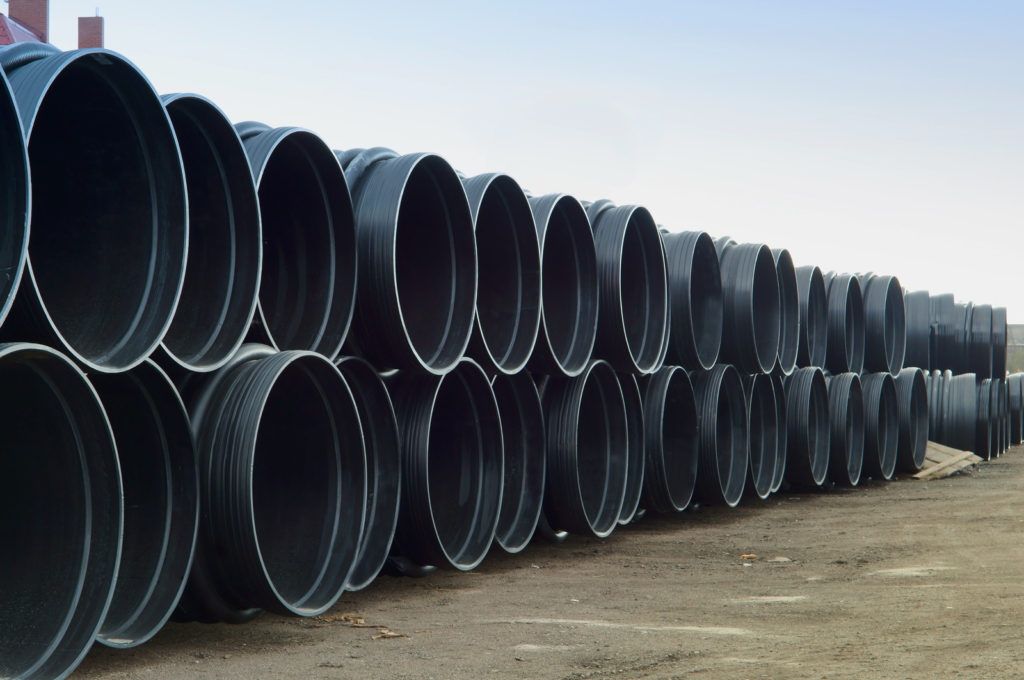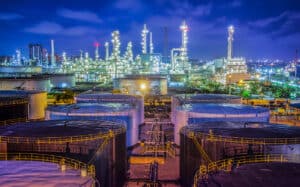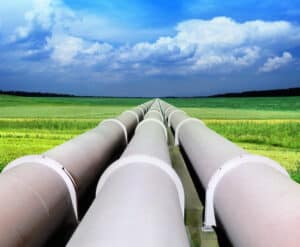Although for many years black iron pipe has been the only distribution pipe for gas pipelines, that is no longer the case! Many areas now allow builders to utilize alternative piping such as plastics and lightweight anti-corrosive metals. Each pipe type has its own unique pros and cons, but if you have an understanding of the different types of natural gas plumbing pipes, then you can make an educated decision as to what pipe is perfect for your job and location.
Corrugated Stainless Steel Tubing
Corrugated stainless steel tubing, or CSST, can be found in most homes as a flexible pipe that runs between the hard gas supply lines and an individual appliance. Although the primary use of CSST has been generally limited to that single-use, some municipalities allow for the construction of entire supply systems made up of CSST. One huge benefit of this is simply the flexibility of the tubing. CSST can be used to easily maneuver around any obstacle. The biggest drawback of this type of tubing is the cost. CSST is notably more expensive than other options.
High-Density Polyethylene
High-density polyethylene, or HDPE, is a plastic material that appears in large, yellow rolls. While HDPE is typically reserved for industrial applications, some areas allow it to be used for residential gas piping as well. The most common HDPE piping is flexible. It can be pulled from the roll and then fitted to a building’s unique cavities and spaces. HDPE’s biggest perk isn’t just the fact that it is flexible, but the material itself. Since it is made of plastic, it generally will not deteriorate where iron and steel will eventually rust.
Black Iron Piping
Black iron piping is the most common natural gas plumbing pipe. It is cheap, safe, and durable. You won’t accidentally puncture this piping with an ill-directed nail strike. It is widely demanded and produced which drastically lowers the price. While it is easy to acquire as well as affordable, it has two large drawbacks: firstly, it will eventually rust when exposed to moisture, and it is completely inflexible.





